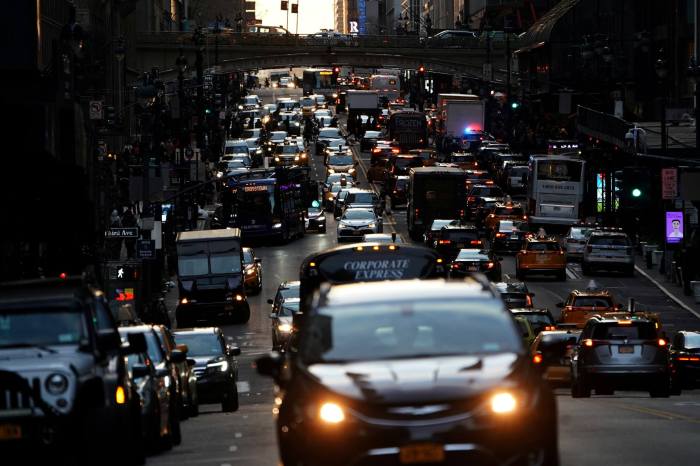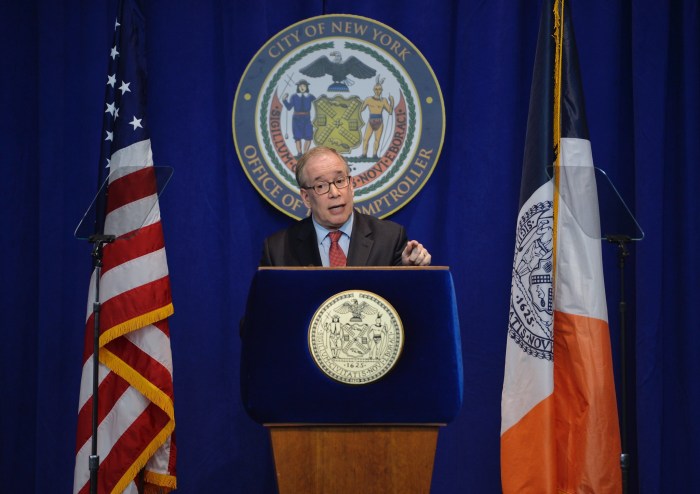A new research report titled “Work from Home and the Office Real Estate Apocalypse,” looks at the impact of remote work on New York City’s commercial office sector. The study examines large shifts in lease revenues, office occupancy, lease renewal rates, lease durations, and market rents as firms shifted to remote work in the wake of the Covid-19 pandemic. The biggest takeaway is that these shifts have caused office values to decline by as much as 28 percent in New York City, a market that accounts for nearly 30 percent of the country’s office stock.
The report was co-authored by Arpit Gupta of NYU Stern School of Business, Vrinda Mittal of Columbia Business School, and Stijn Van Nieuwerburgh of Columbia University Graduate School of Business. To arrive at their findings, the researchers revalued New York City commercial office buildings taking into account pandemic-induced cash flow and discount rate effects. They found a 32 percent decline in office values in 2020 and 28 percent in the longer-run, the latter representing a $500 billion value destruction.
With so many office tenants seeking high-quality buildings (those with things like open space, air filtration systems, and in-house amenities), it’s the lower-quality buildings that are seeing the more dramatic swings.
All of these market changes have repercussions for local public finances and financial sector stability. And with so many companies permanently adopting a hybrid or fully remote culture, what does this mean for the future of commercial real estate in the city?
For one, office value destruction affects co-located businesses (especially mom-and-pops) and tax-funded organizations, revealing the economic vulnerability of central business districts. This lost value also transfers to the residential sector, with remote and hybrid work fueling demand for larger homes typically found in the suburbs, which is widening the affordability gap in cities.
In an interview with Marketproof CEO, Kael Goodman, Arpit Gupta explains that one possible outcome is an urban planning revolution that would create more dynamic city centers and better affordable housing options created from less desirable office stock. He also notes that new technologies that have been born out of the pandemic function as a substitute for in-person work. “I think it’s really the beginning step of more far-reaching changes to our economy,” he says.
Learn more and see the video here:
















